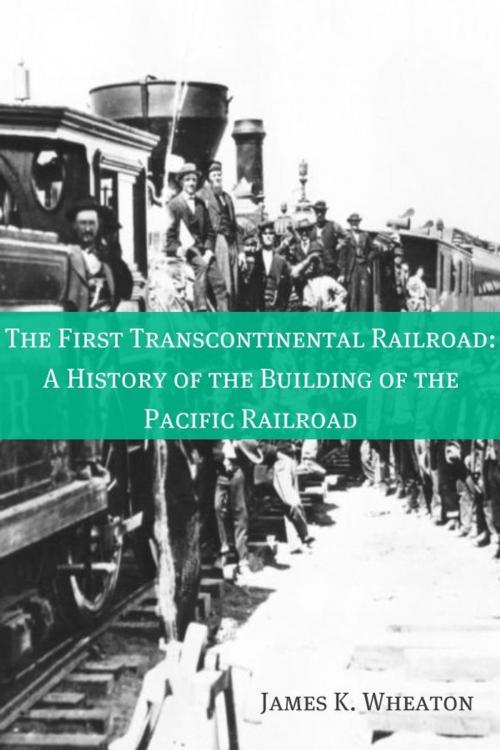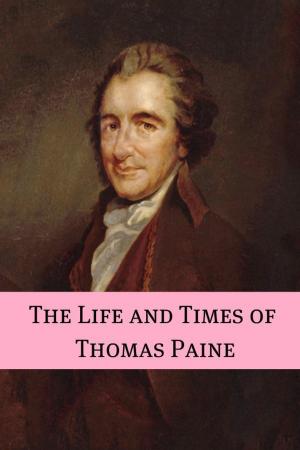The First Transcontinental Railroad: A History of the Building of the Pacific Railroad
Nonfiction, Reference & Language, Study Aids| Author: | James K. Wheaton | ISBN: | 9781465947420 |
| Publisher: | BookCaps | Publication: | December 6, 2011 |
| Imprint: | Smashwords Edition | Language: | English |
| Author: | James K. Wheaton |
| ISBN: | 9781465947420 |
| Publisher: | BookCaps |
| Publication: | December 6, 2011 |
| Imprint: | Smashwords Edition |
| Language: | English |
The First Transcontinental Railroad, originally called the Pacific Railroad, was a railroad built in the United States between 1863 and 1869 that connected the western part of America with its eastern part. Built by the Central Pacific Railroad of California and the Union Pacific Railroad, it connected the Eastern terminus of Council Bluffs, Iowa/Omaha, Nebraska with the railroad lines of the Pacific Ocean at Oakland, California. In time, it would link in with the existing railway network present on the Eastern Coast of America, thus connecting the Atlantic and Pacific coast of the United States for the first time by rail. Because of this, the line received a second nickname, “the Overland Route.”
The railroad was a government operation, authorized by Congress during the height of the Civil War. Congress passed the Pacific Railroad Acts in 1862 and again in 1864. To pay for it, the US government issued 30 year bonds, as well as granting government land to contractors. The construction of the line was a major achievement by both the Union Pacific (constructing westward from Iowa) and the Central Pacific (constructing eastward from California). The line was officially opened on May 10, 1869, with the Last Spike driven through the railway at Promontory Summit, Utah.
James K. Wheaton looks at the history in this eBook.
The First Transcontinental Railroad, originally called the Pacific Railroad, was a railroad built in the United States between 1863 and 1869 that connected the western part of America with its eastern part. Built by the Central Pacific Railroad of California and the Union Pacific Railroad, it connected the Eastern terminus of Council Bluffs, Iowa/Omaha, Nebraska with the railroad lines of the Pacific Ocean at Oakland, California. In time, it would link in with the existing railway network present on the Eastern Coast of America, thus connecting the Atlantic and Pacific coast of the United States for the first time by rail. Because of this, the line received a second nickname, “the Overland Route.”
The railroad was a government operation, authorized by Congress during the height of the Civil War. Congress passed the Pacific Railroad Acts in 1862 and again in 1864. To pay for it, the US government issued 30 year bonds, as well as granting government land to contractors. The construction of the line was a major achievement by both the Union Pacific (constructing westward from Iowa) and the Central Pacific (constructing eastward from California). The line was officially opened on May 10, 1869, with the Last Spike driven through the railway at Promontory Summit, Utah.
James K. Wheaton looks at the history in this eBook.















